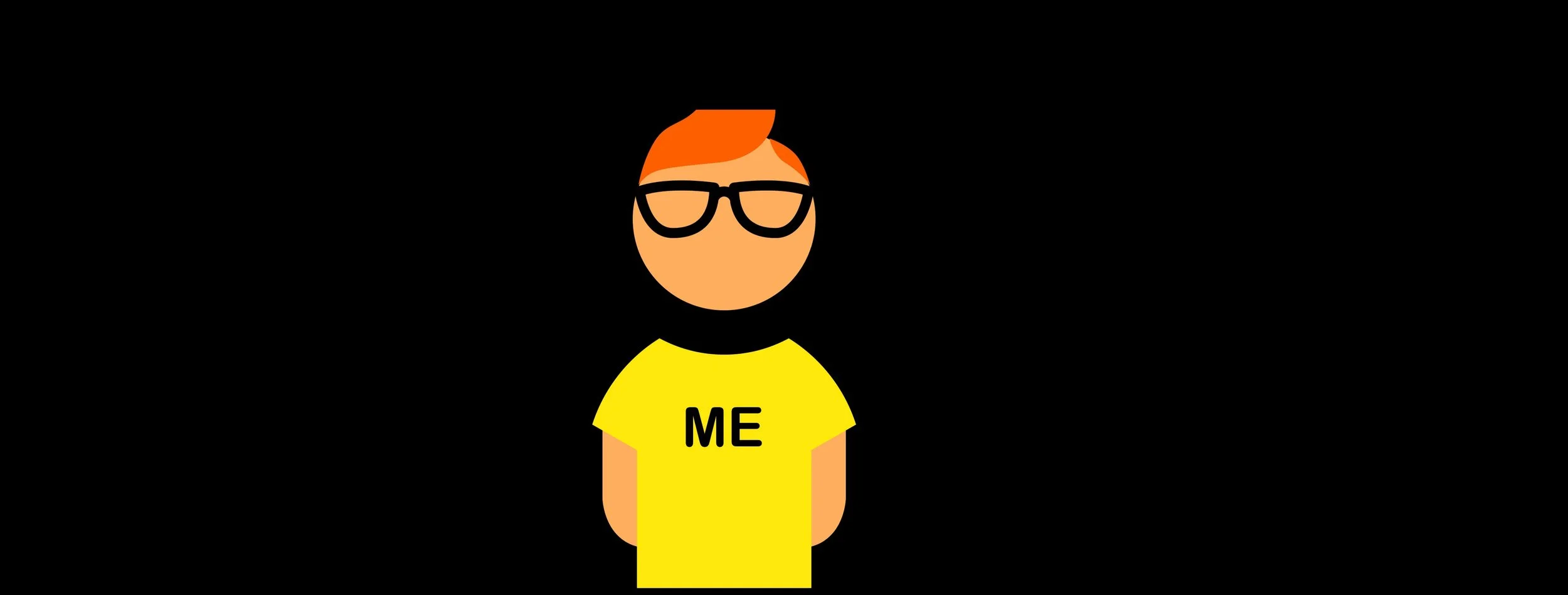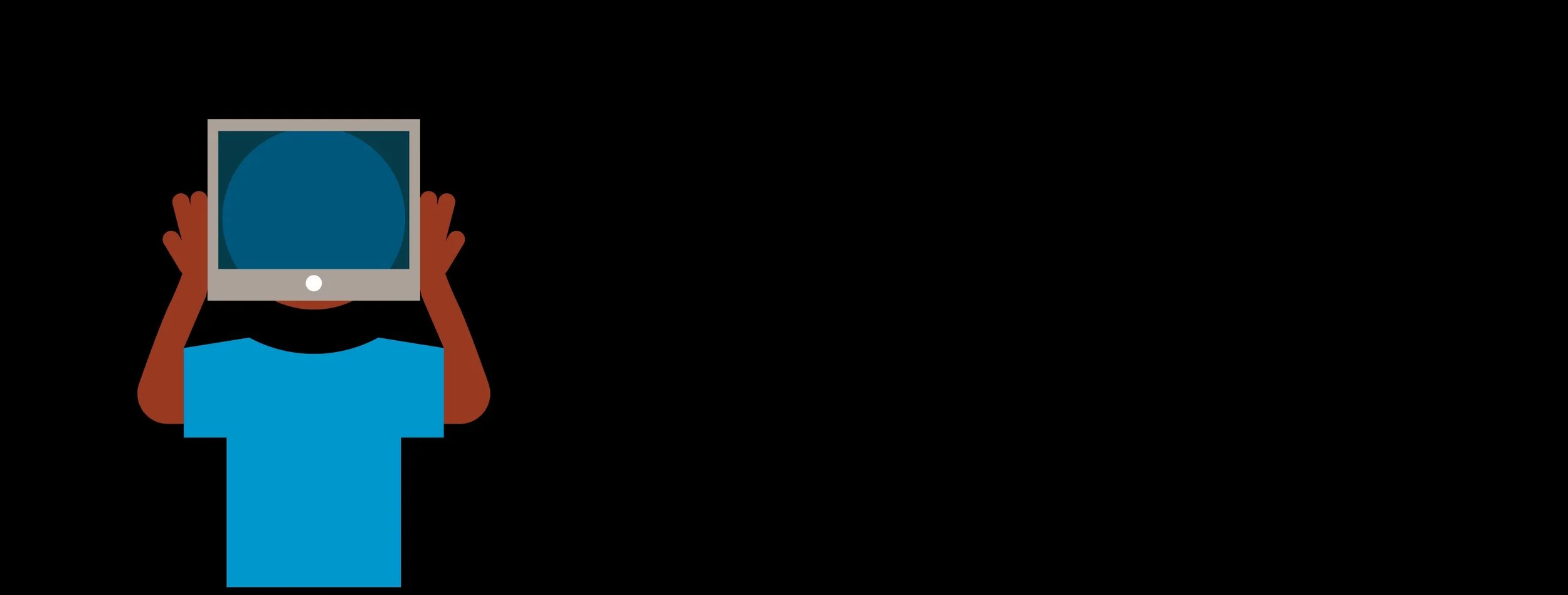5 Things I learnt in 20 years
After 20 years being self-employed in the creative industry. I thought I’d write down “20 things I’ve learnt in 20 years”. But 20 is a MASSIVE number, so I decided to do 10 things. Then I wrote 10 things and I figured it could be simplified, so here’s the 5 things I’ve learnt in 20 years of working (and learning) in the creative industry…
1. Be Independent
The one reason I’ve survived 20 years being self employed is because I’m viciously independent, focusing on being independent gives me strength. This isn’t to say you can’t work with others, a team can be independent, two individuals collaborating can be independent, but it’s a matter of focusing on your own path and taking full responsibility for it.
I’ve always loved the renegade nature of being self-employed, setting your own rules and being free to break them how and when you want to.
Being truly independent you can evolve and take responsibilities and grow however you want, and I believe that’s what a creative career should be.
2. Stick Your Head…
The best piece of advice I’ve ever been given came to me around 2002ish, I was on the brink of forming a small animation studio in London with some friends and I visited Airside (you guys know Airside?) and Fred Deakin said one particular thing that always stuck…
…he looked at my portfolio and showreel and told me to “really stick my head inside the computer and see what’s possible”.
Since then I’ve always seen creative software as less of a technical tool and more of a playground or a science lab, there are no boundaries to it.
After speaking with Fred… (if you work at Adobe please don’t read this next sentence)… I got a dodgy copy of Adobe Illustrator and I swear it was easily the best crime I ever committed cos that shit changed. my. life.
3. Lighten Up
This is a huge one for me, because I forget sometimes that I only got into this business to have fun, and the worlds a shit-show most of the time, so check yourself now and again and if you’re not having fun, do something fun.
Draw characters, play games, create games, make something for no reason, no commercial gain, just fun.
I used to do a lot of character art, I had this one character called Speakerdog from the early 2000s until 2010ish, and we had such a great time designing posters and toys, we exhibited worldwide alongside folks like Tado and Jon Burgerman, and yet we never really made a penny, but we had such a fucking blast, and I wouldn’t change that for anything.
4. Look Outside
I don’t need to tell people to get involved in a creative community, you’re already here browsing some illustrator dudes site or you’ve clicked through from Twitter or something, so you already know the deal. But what I can say is that you don’t HAVE to be part of a community 24/7.
I do use Twitter a lot while I’m working but hell, it’s really not going to be the key to creative success, there’s a great community on there, but you shouldn’t get consumed by the illustration community, you have to look outside of it. I always try and have one thing that I’m into, outside of any illustration community, where I can look to for inspiration.
Nowadays I’m especially into branding, food packaging, and (always) music, so I think I’m more likely to find inspiration and ace contacts from exciting new food brands, or at a music festival than I can really find in the illustration sphere.
5. Make Complete Things
You’ll probably know to ‘make things’ because perhaps it’s being a creative that brought you here. But I think the biggest thing that’s kept me going these 20 years is making complete things, from beginning to end. Digital or physical, it doesn’t really matter, I love that digital things are called products now, I don’t remember that 10 or 20 years ago, but it’s all about seeing something through from concept to having an actual thing at the end.
And it doesn’t matter if it’s a personal project, a collaboration or a client project, but if you can stay involved with everyone through the whole process, see it through from start to end, you get a far deeper involvement in that product and far more satisfaction and learning from the project.
This post was originally written by me for Birmingham Design Festival as part of my introduction to the screening of the graphic arts documentary film ‘Made You Look’.




